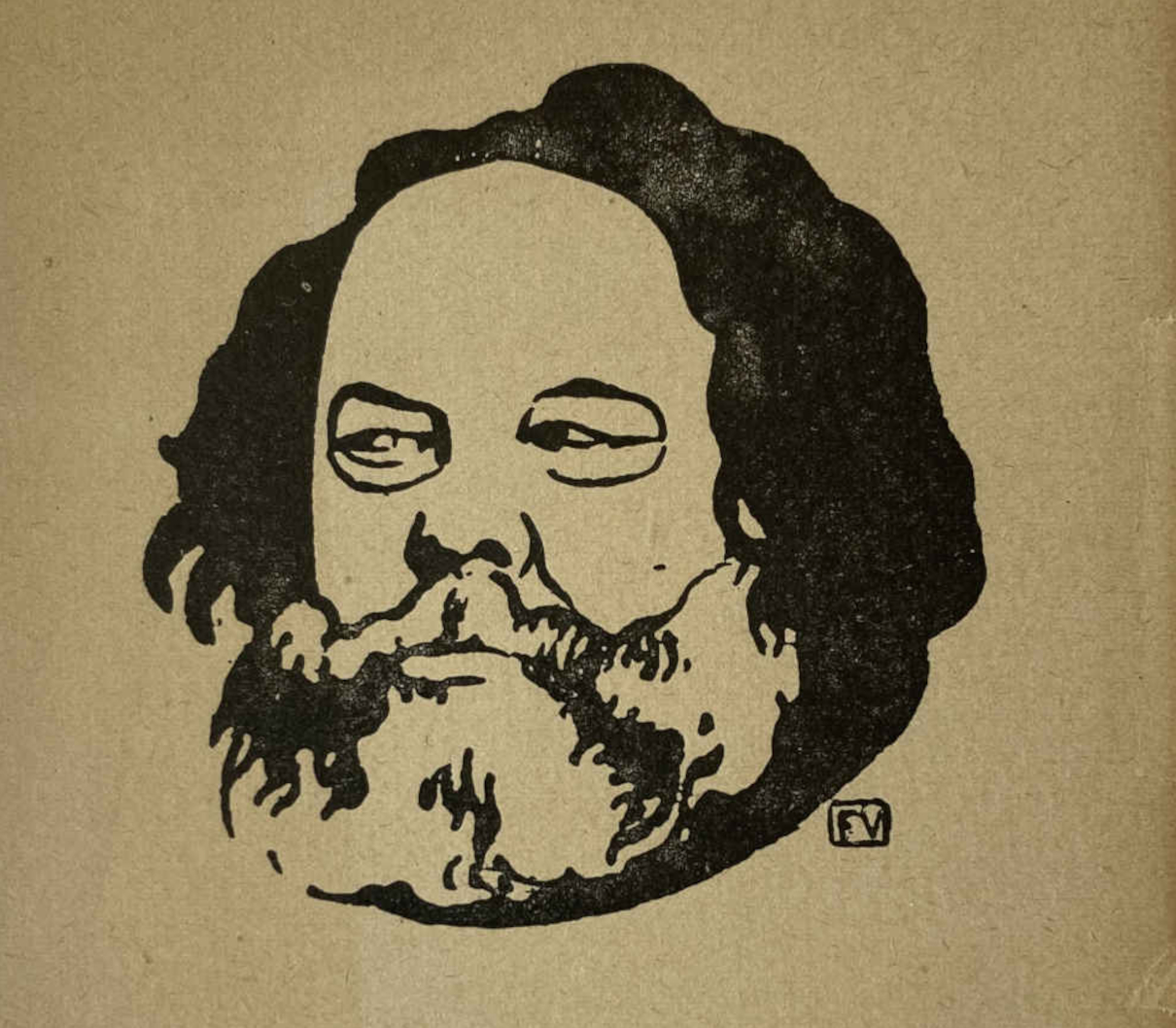Your cart is currently empty!
Félix VALLOTTON (* 1865, † 1925)
The Swiss artist and painter Félix Vallotton, who is best known for his woodcuts and paintings, is a central figure of Japonism, Symbolism and Art Nouveau at the turn of the 19th and 20th centuries.
Félix Vallotton’s works of art can be found in many important museums and collections in Switzerland and abroad.

Short biography of Félix Vallotton
|
1865 1875 – 1882 – Drawing lessons with the painter Jean-Samson Guignard 1882 1883 1885 – – Exhibition of two works at the Paris Salon, including a self-portrait 1889 – F. Vallotton works as a restorer for the Henri Haro Gallery 1890 – travels through Europe and visits Berlin, Prague and Venice 1891 – he begins experimenting with different types of prints and decides in favour of woodcuts, which the journalist Octave Uzanne describes as ‘the renaissance of the woodcut’ 1892 between 1893 and 1897 |
1898 1899 1900 – Solo exhibition at the Bernheim family gallery 1903-1907 ab 1907 1915-16 from 1919 1925 |
Works by Félix Vallotton
Below you will find works by the painter Félix Vallotton:
-

Félix VALLOTTON (* 1865, † 1925) – Bakunin – Woodcut
$327.60incl. shipping by post
Delivery time: 7-14 days
Add to cart


